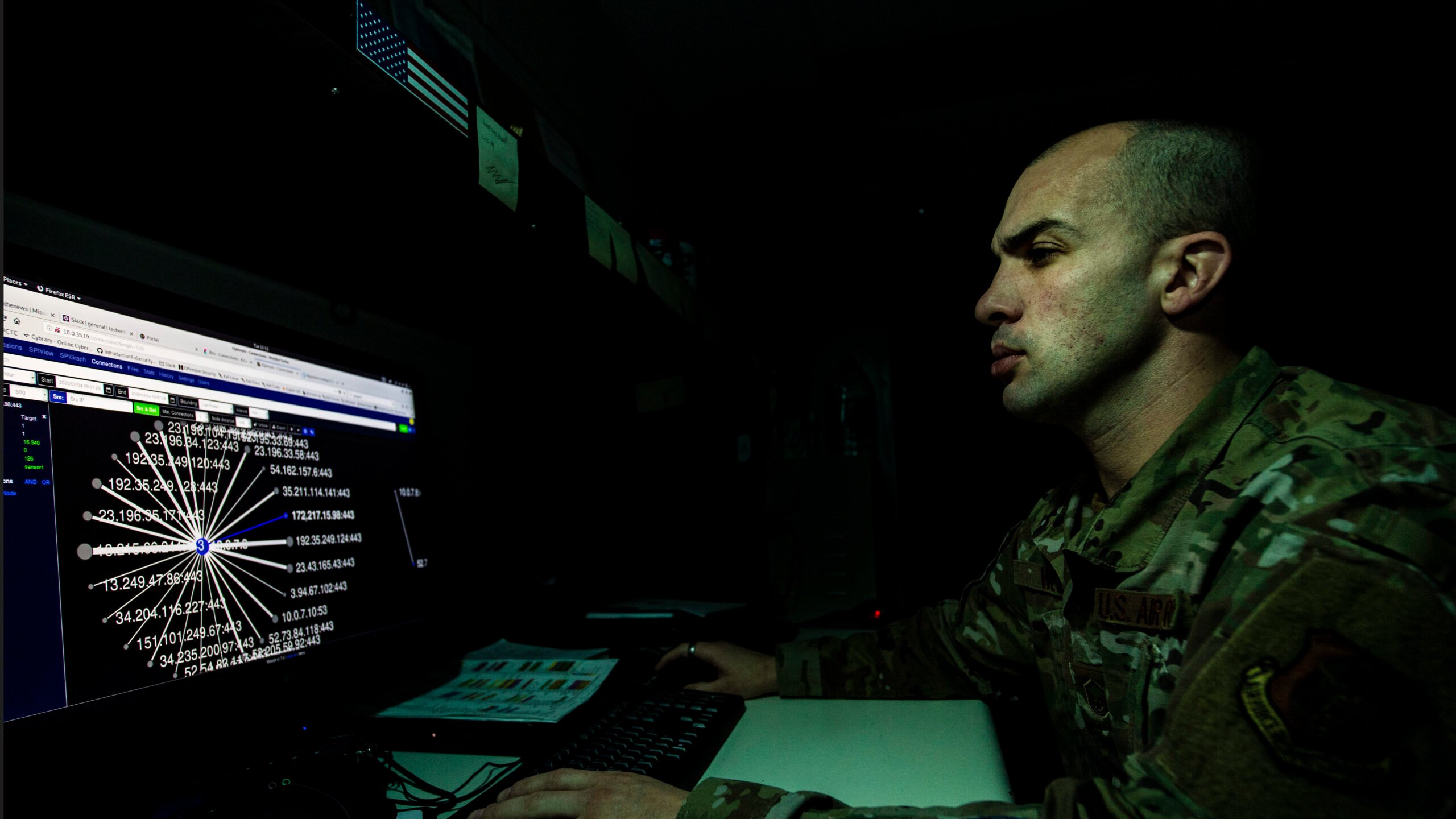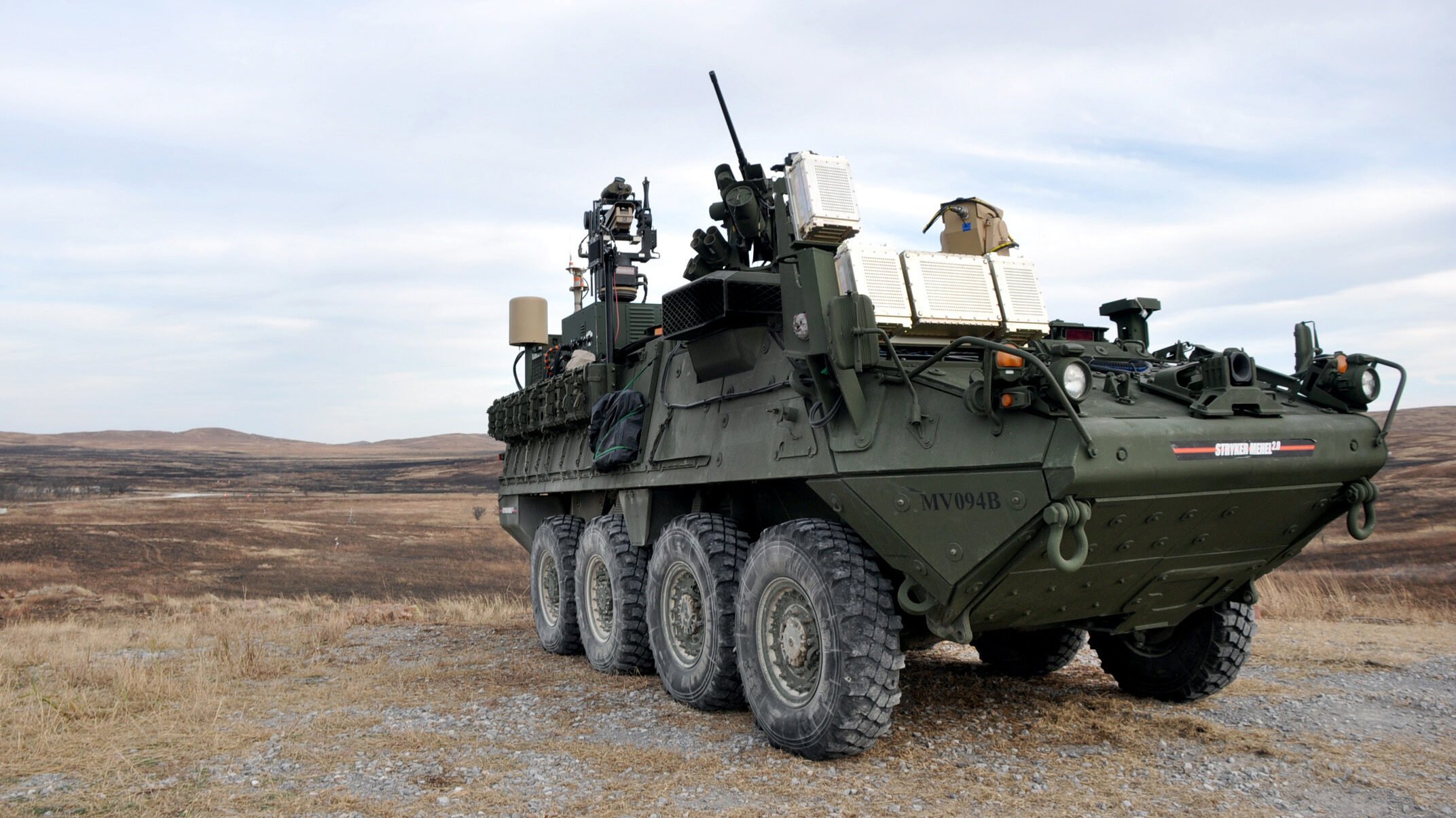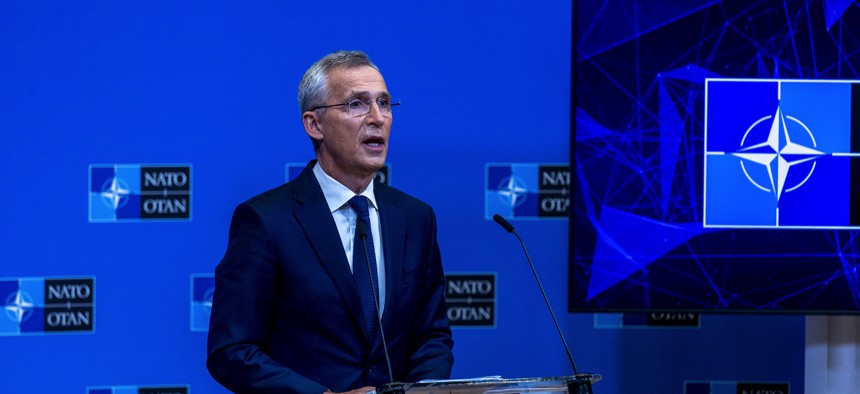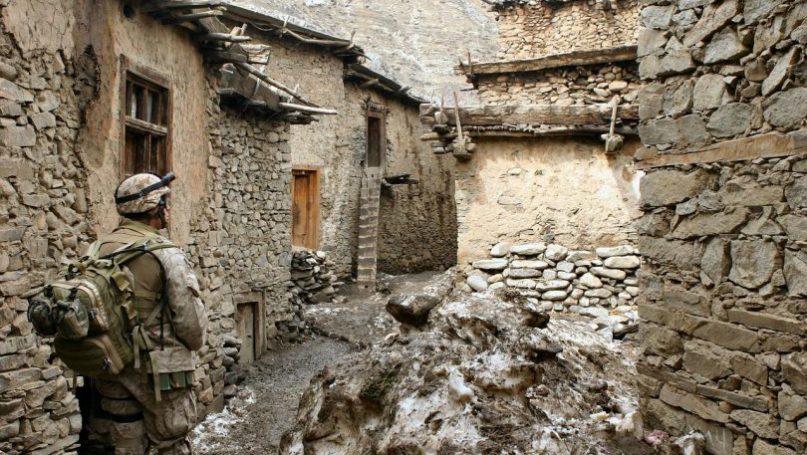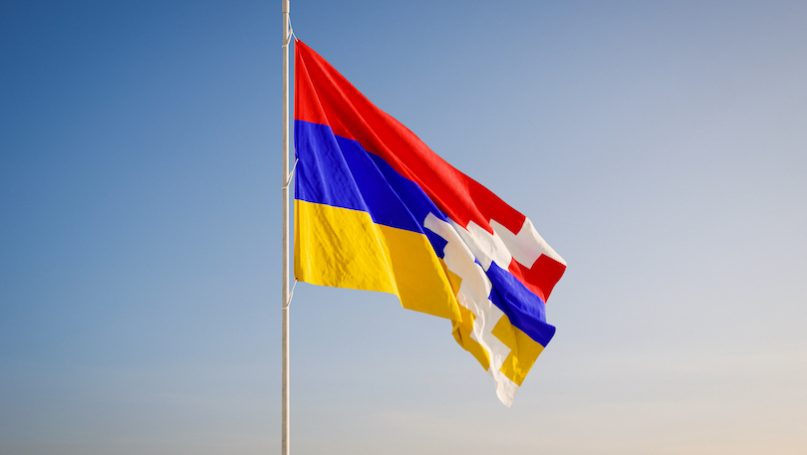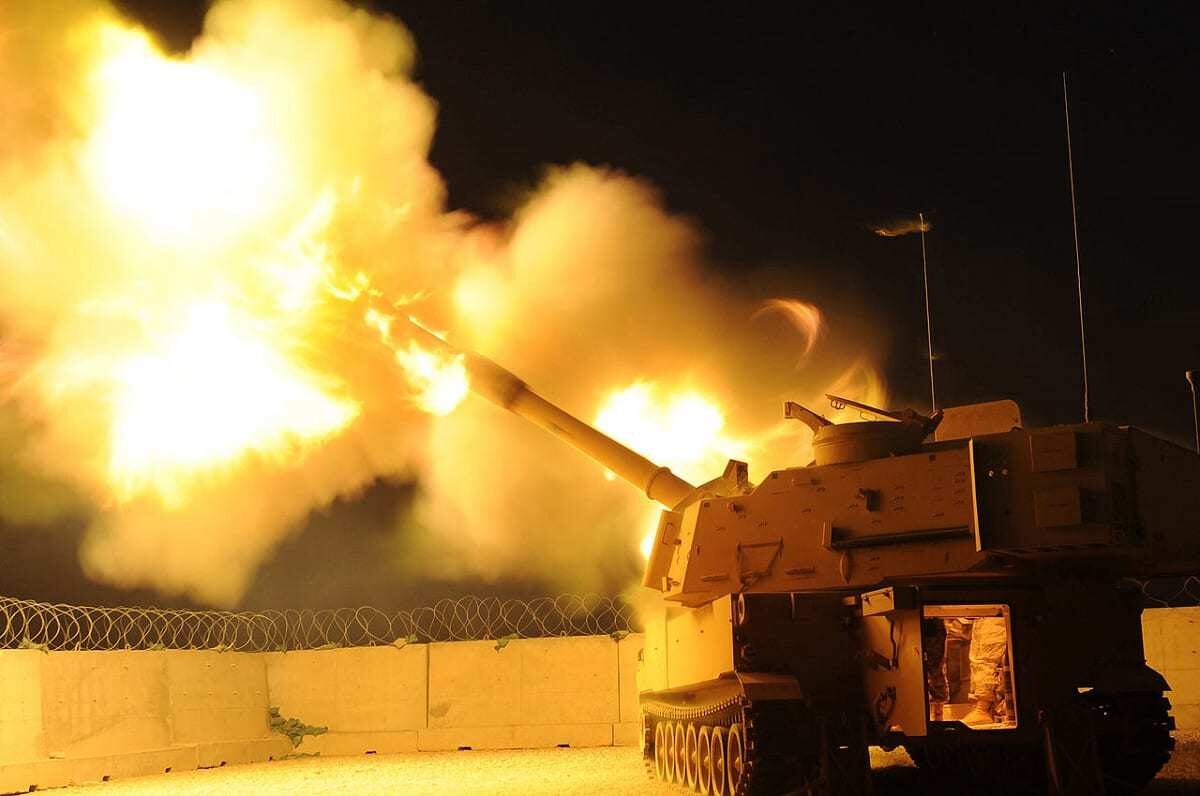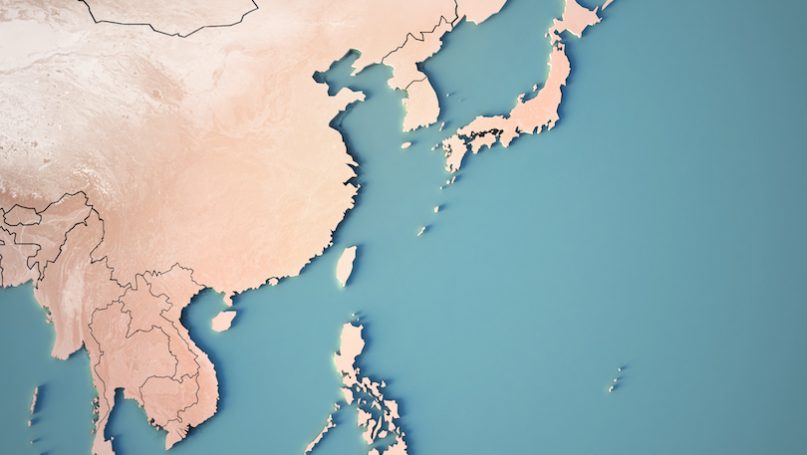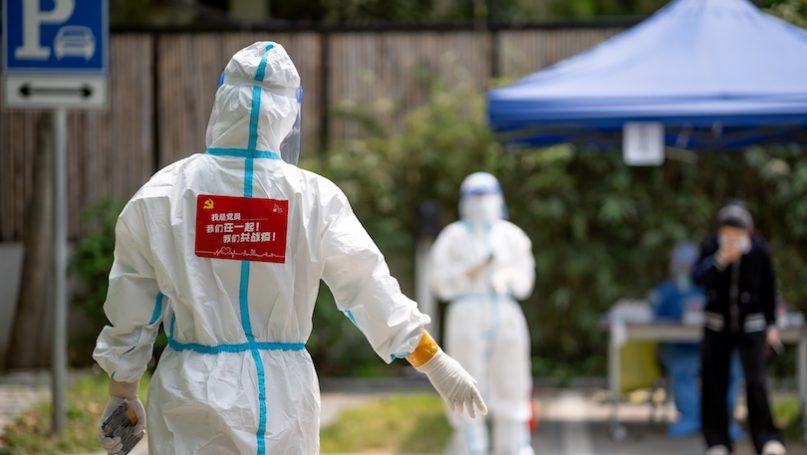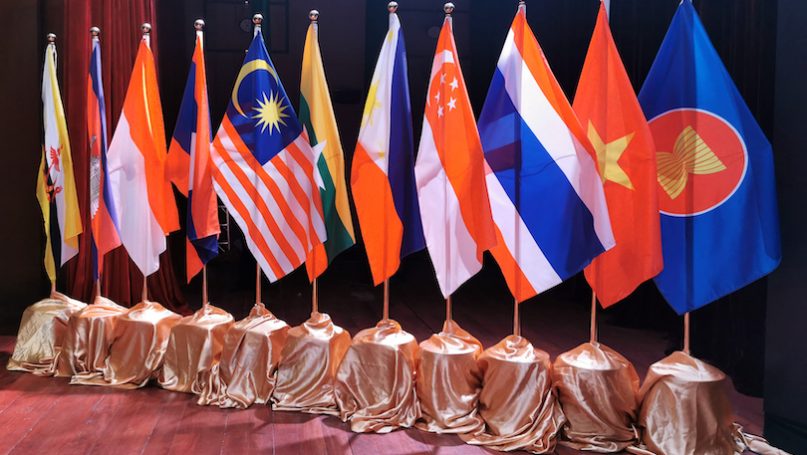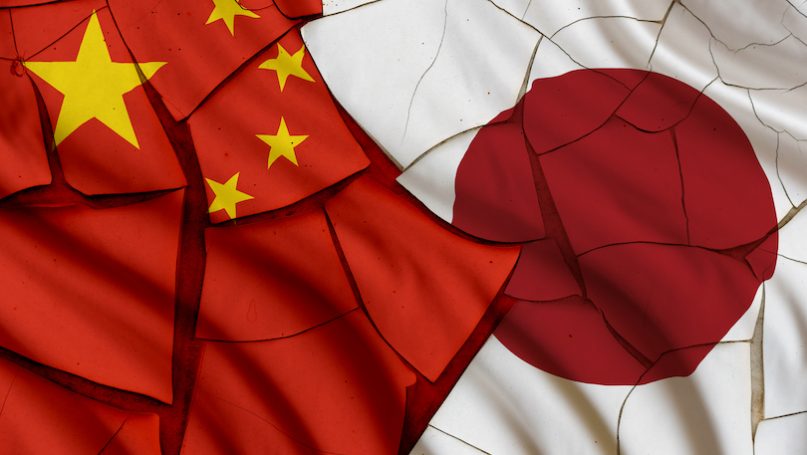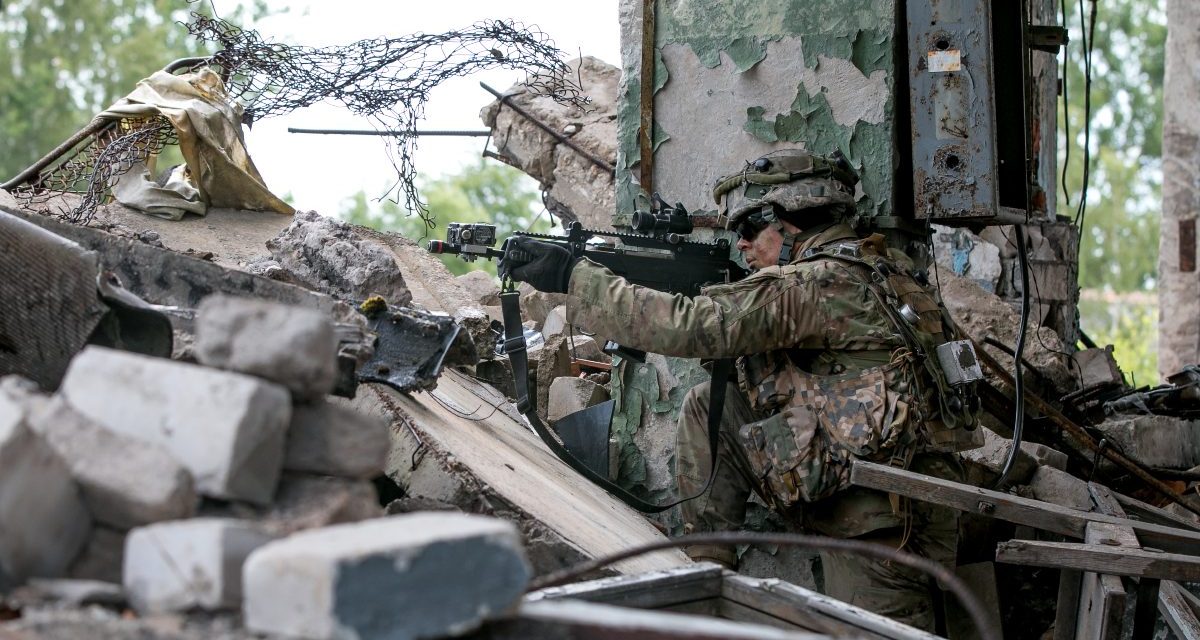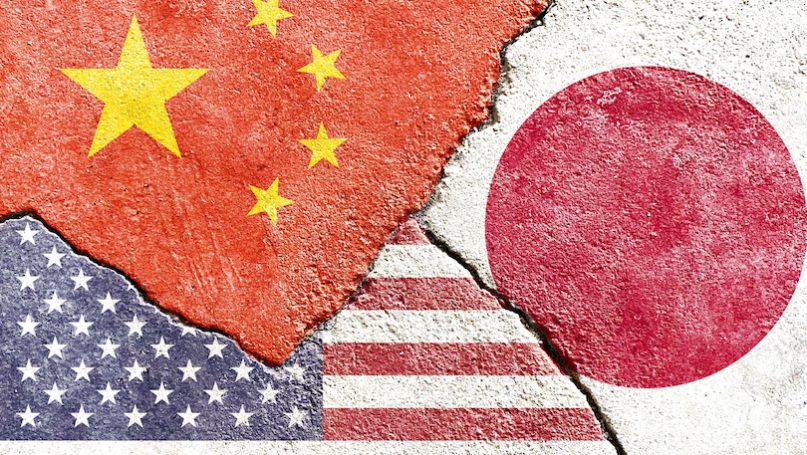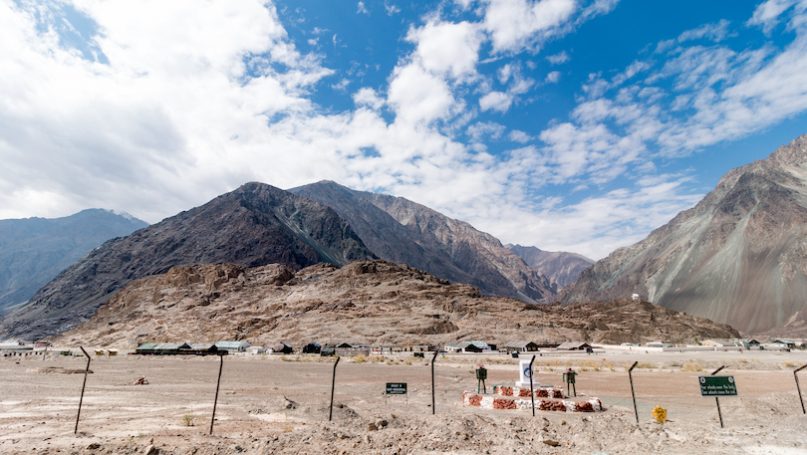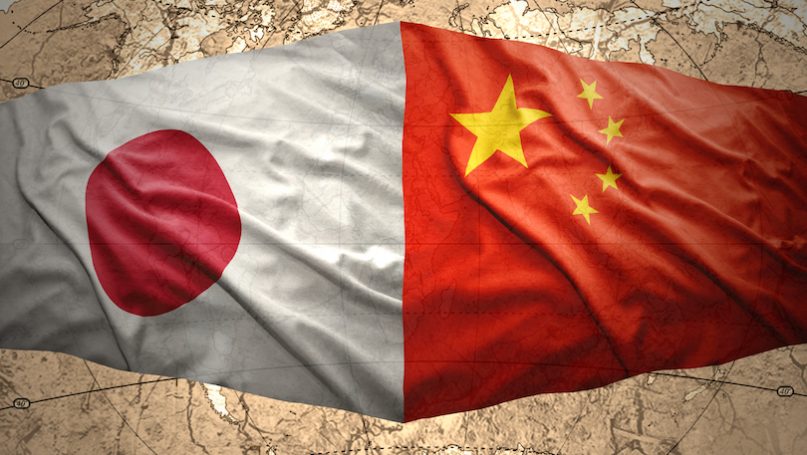Alex Lawson
The huge blue and red hull of the SCF Primorye came into port at Vadinar, western Gujarat, India, earlier this month. The 84,000-tonne oil tanker, built in 2009 and sailing under the Liberian flag, had arrived from the port at Ust-Luga, a settlement in Russia near the border with Estonia.
Until 2017, the Vadinar oil refinery was controlled by Essar – the Indian owner of the Stanlow refinery in Ellesmere Port. Since then a consortium including the sanctioned Russian state-owned oil firm Rosneft and the commodities trader Trafigura, which holds a 24.5% stake, have owned Nayara Energy, which runs the refinery.
The tanker’s arrival came as India ramped up imports of Russian oil. The Asian nation’s willingness to snap up Russian crude at discounts of up to 30% has undermined efforts from the US, Europe and the UK to deplete Vladimir Putin’s war coffers by curtailing imports. Russia raked in $20bn from oil exports in May, bouncing back to pre-invasion levels. Now, concerns are growing that India is being used as a potential back door into Europe for Russian oil supplies,given the surge in imports.
Before the invasion of Ukraine, India’s imports of Russian oil were negligible due to high freight costs. But recently, imports of Russian oil to India have increased. Vadinar’s owner, Nayara, purchased Russian oil in March – just before international restrictions on its exports were introduced – after a gap of a year, buying about 1.8m barrels from Trafigura, Reuters reported.
The volumes that India has been buying and exporting, however, suggest that some of the refined Russian crude may ultimately be used in Europe’s filling stations. It is not clear where the Russian crude brought into Vadinar on the SCF Primorye will be used. Vadinar’s owner’s declined to comment on the shipment or whether it was shipping Russian oil to Europe.
In May, India imported about 800,000 barrels of oil per day from Russia in Mayand the rating agency Fitch predicts that imports could soon increase further to 1m barrels per day, or 20% of India’s total imports. India, China and the United Arab Emirates have picked up the slack as Russian crude oil imports into the EU fell by 18% in May.
Putin told the Brics (Brazil, Russia, India, China and South Africa) business summit this week that “Russian oil supplies to China and India are growing noticeably”.
India’s 1.4 billion-strong population gives it reason to seek cheap supplies. But it’s a dangerous political game. “India is walking a tightrope,” said Alan Gelder, the vice-president of refining, chemicals and oil markets at Wood Mackenzie. “If you take too much, you do not want the west to sanction the rest of your economy.”
The Centre for Research on Energy and Clean Air said Reliance Industries’ Jamnagar refinery in Gujarat received 27% of its oil from Russia in May, up from 5% in April. The centre said about 20% of exported cargoes from Jamnagar left for the Suez canal, indicating that they were heading to Europe or the US. Shipments were made to France, Italy and the UK. However, there is no evidence that these shipments included Russian oil.
The UK has committed to phasing out Russian oil by the end of the year. Britain did not import any petrol before the war but diesel accounted for 18% of total demand. While trading Russian oil remains legal, the stigma attached to it means some international companies involved in fuel supplies may attempt to mask its origins. Some energy firms rushed to cut shipments from Russia but industry watchers said some drivers in the south-east of England were still likely to be filling up with diesel refined in Russia.
State processors of oil are attempting to secure six-month supply contacts for Russian crude to India, Bloomberg reported this month. The trio of state refiners – Indian Oil Corp, Hindustan Petroleum and Bharat Petroleum – declined to answer questions on whether they were importing Russian oil or exporting it to Europe.
Industry sources said tracking shipments of Russian oil to Europe via India is proving very difficult. “You’ll find that several shipments of crude will arrive at a port from different countries and be blended together. Tracking a hydrocarbon is basically impossible.”
There are several tactics shippers are using to hide the origin of Russian oil, sources said. Financially, paying in Chinese currency – rather than the industry standard dollar – is an option. Yuan-rouble trading volumes have surged 1,067% since February’s invasion of Ukraine. Transfers of oil cargoes from ship-to-ship have also spiked, suggesting oil is being switched from Russian flagged-vessels to other ships. Increasing numbers of vessels have been “going dark” by switching off their automative identification systems as thousands of gallons of the black stuff are transferred on the waves.
A third, more niche option to hide Russian transactions is to cut out using a currency and trade oil directly for other products, such as gold, food or weapons. Iran has previously taken payment from trading partners in gold rather than dollars.
“If a country or oil operator wants to hide the source of crude or oil products, it can very easily do so,” said Ajay Parmar, an oil market analyst at ICIS.
